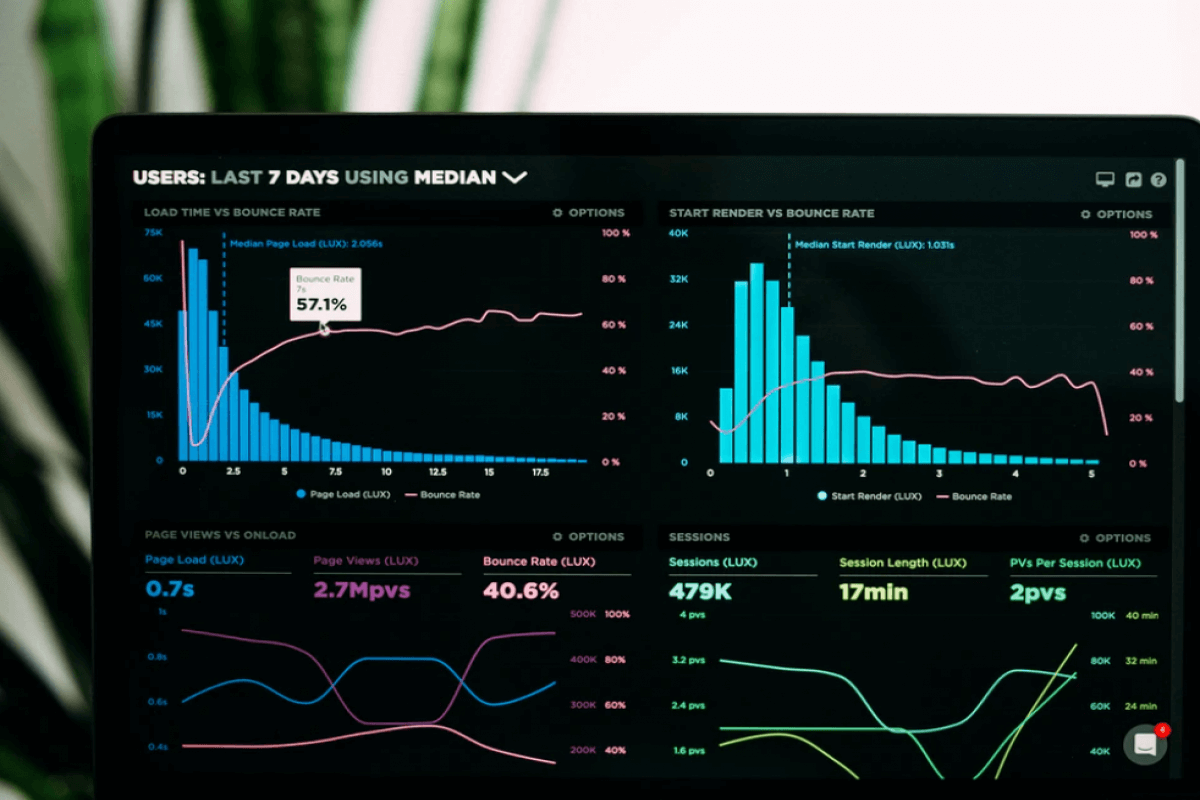
The One Big Beautiful Bill Act (OBBBA) was signed into law on July 4, 2025. While it primarily provides far-reaching tax law changes impacting companies subject to U.S. federal income tax law, there will be financial statement implications as the impact of accounting and reporting for income taxes will be felt. Let's look at the key takeaways that accountants and auditors need to know.
Altering the Estimated Annual Effective Tax Rate
Under ASC 740-10, the impact of any new legislation is accounted for in the interim period in which it is actually enacted, including altering the estimated annual effective tax rate. This is true even if changes will occur in future periods. When there are differing effective dates for various provisions, the financial statement impact may be spread over multiple reporting periods. The estimated annual effective tax rate is only revised in the period that includes the enactment date and any remaining quarters of the law change year.
A tax law change effective retroactively in the current annual period (i.e. January 1, 2025) results in a catch-up adjustment for the current taxes payable or refundable recognized in earlier interim periods. A tax law change effective retroactively to a prior annual period results in a discrete adjustment in the period of enactment to current taxes payable or refundable for that prior annual period.
As enactment dates occur all deferred tax assets (DTAs) and deferred tax liabilities (DTLs) must be re-measured using the new tax rates and provisions expected to be applicable when the temporary differences reverse or carryforwards are realized. This is recognized as a discrete component of income tax expense (benefit) from continuing operations in the period of enactment.
Reassessing Deferred Tax Assets and Liabilities
Sources of taxable income may include reversals of taxable temporary differences, future taxable income exclusive of reversing temporary differences, and tax-planning strategies. Reassessment of the “more likely than not” threshold for realizing deferred tax assets is important. Valuation allowances may need to be adjusted or new ones may be required. Previously unrecognized deferred tax assets might become realizable.
Consider these examples of possible impact:
Limitation of interest expense
Changes to interest expense limitations under 163 (i) will occur as OBBBA reverts a limitation of interest expense to be 30% of EBITDA (earnings before interest, taxes, depreciation, and amortization) plus any interest income. It makes the change permanent and retroactive to taxable years beginning on or after January 1, 2025. Previously, for tax years beginning on or after January 1, 2022, the 30% limitation was based on EBIT (earnings before interest and taxes). Using EBITDA provides a larger base which may increase the amount of deductible interest.
Interest expense carryforwards
Prior disallowed interest expense carryforwards (which have an indefinite life) will now also be subject to the new 30% EBITDA limitation in future years. The realizability of deferred tax assets arising from these interest carryovers must be re-evaluated as the ability to use these deferred tax assets depends heavily on future taxable income.
Research and development expenses
Research and development (R&D) expense treatment under a new IRC section174A permanently allows businesses to fully expense domestic research and development expenditures, retroactive to January 1, 2025. Small businesses (as defined in OBBBA) are also allowed to amend their returns to deduct R&D costs capitalized in tax years 2022–2024.
Taxpayers of all size may alternatively elect to accelerate the remaining amortization of previously capitalized domestic R&D costs in tax year 2025, using a one- or two-year period instead of the remaining portion of the five-year schedule. The more immediate tax deductions could turn companies from a profit to a loss position or significantly increase existing tax losses.
Bonus depreciation
Bonus depreciation was permanently restored at 100% for qualifying property acquired and placed in service after January 19, 2025. The full cost of eligible “short-live” investments, such as machinery, equipment, and certain improvements are available for immediate full deduction in the year the asset is placed in service.
Charitable contributions
Charitable contributions are only deductible if they exceed 1% if a taxpayer’s taxable income, but they also cannot exceed 10% of a taxpayer’s taxable income. Disallowed contributions can be carried forward for up to five years.
Reasonable efforts must be made to estimate temporary differences and related deferred taxes, including any related valuation allowances, as of July 4, 2025, to recognize the adjustment to continuing operations in the period including that date.
Take the next step with Becker CPE courses
If you'd like to learn more about the One Big Beautiful Bill and other relevant topics, Becker offers CPE courses to teach you what you need to know and help you meet your license or certification requirements. Check out the following options:
- The One Big Beautiful Bill: International Provisions
- The One Big Beautiful Bill: Business Provisions
- The One Big Beautiful Bill: Individual Provisions
With Becker's Prime CPE subscription, you can access over 700 on-demand courses, live webcasts, and weekly CPE podcasts to earn unlimited credits and build your knowledge and skills!








